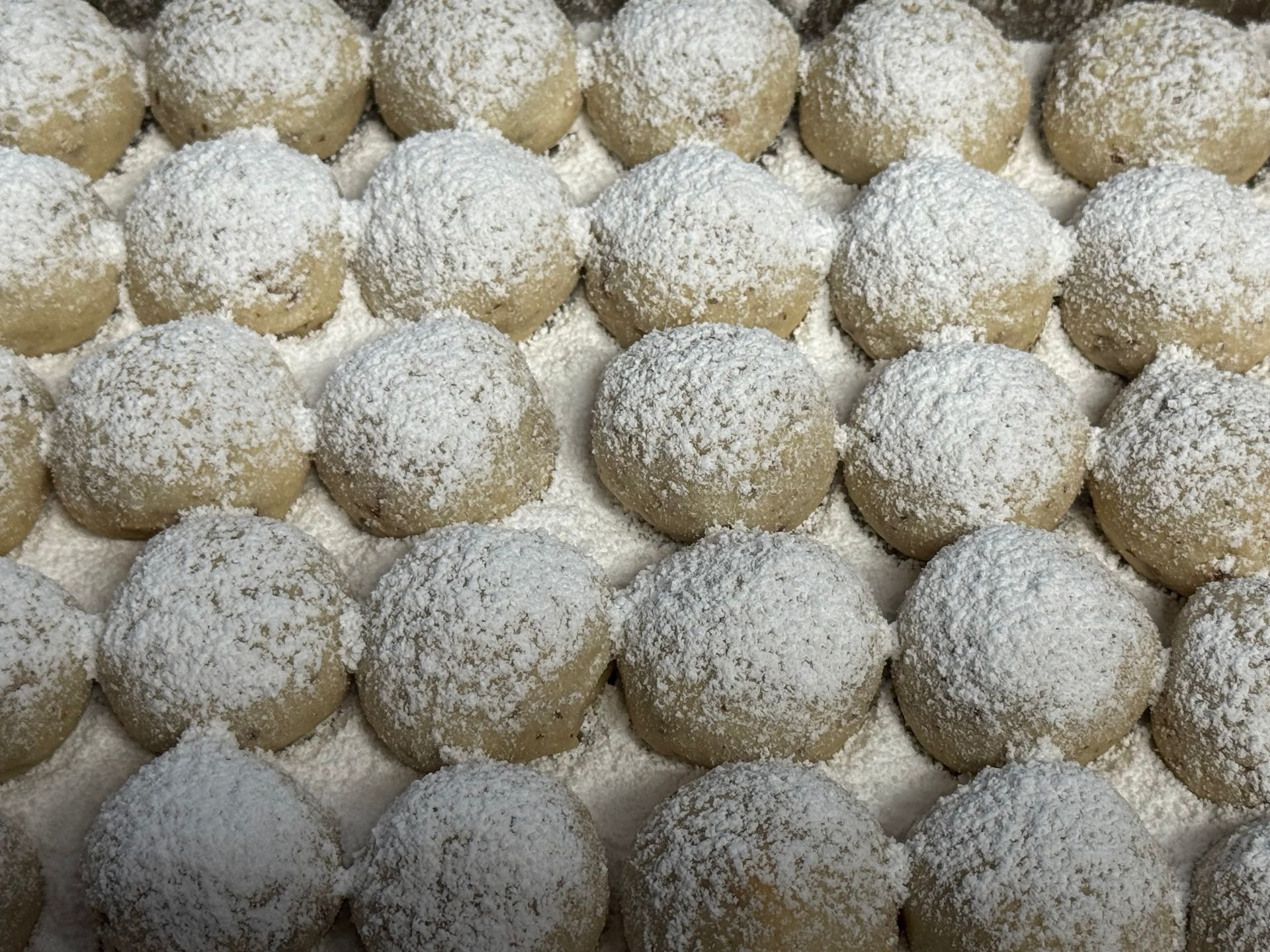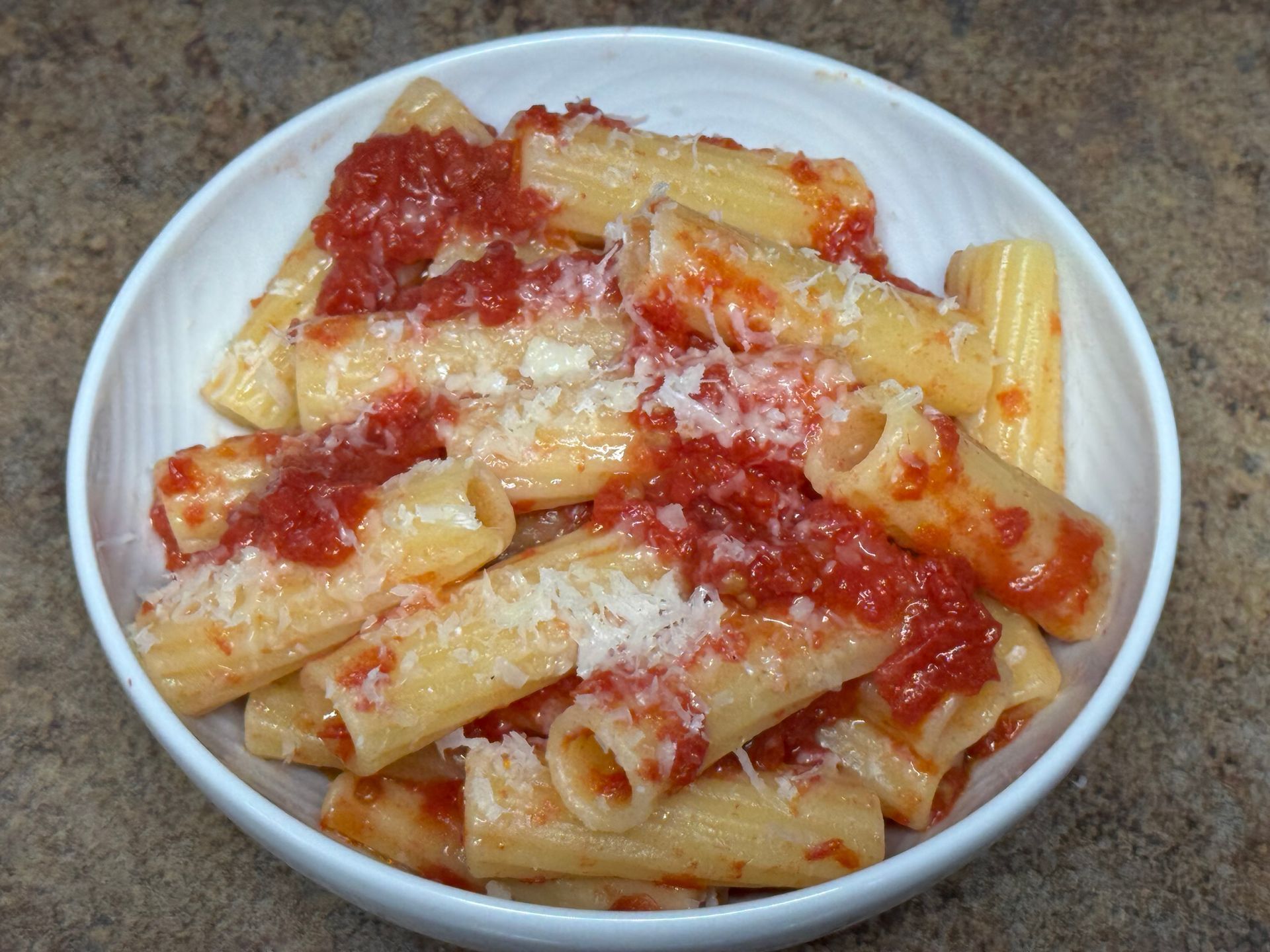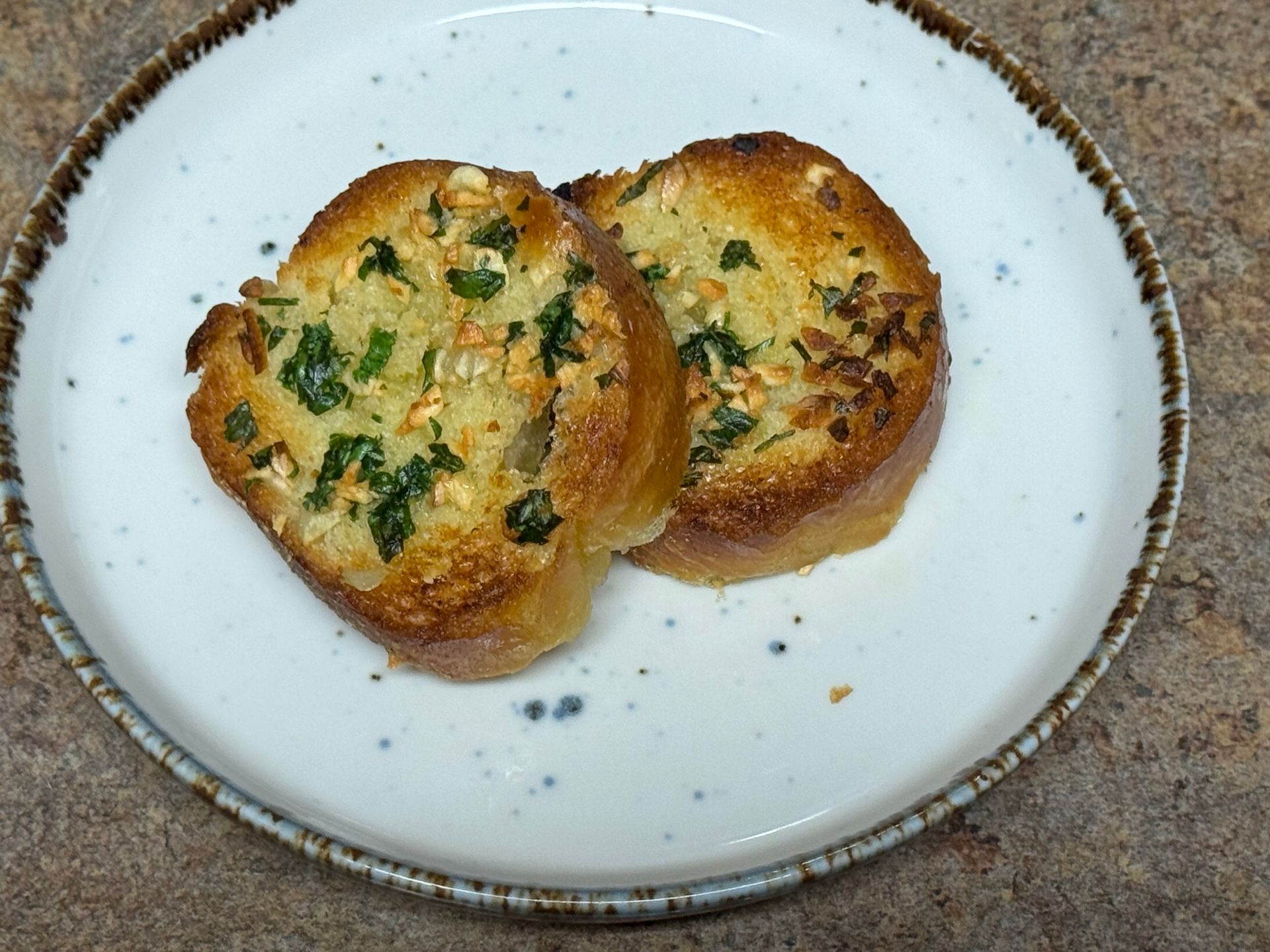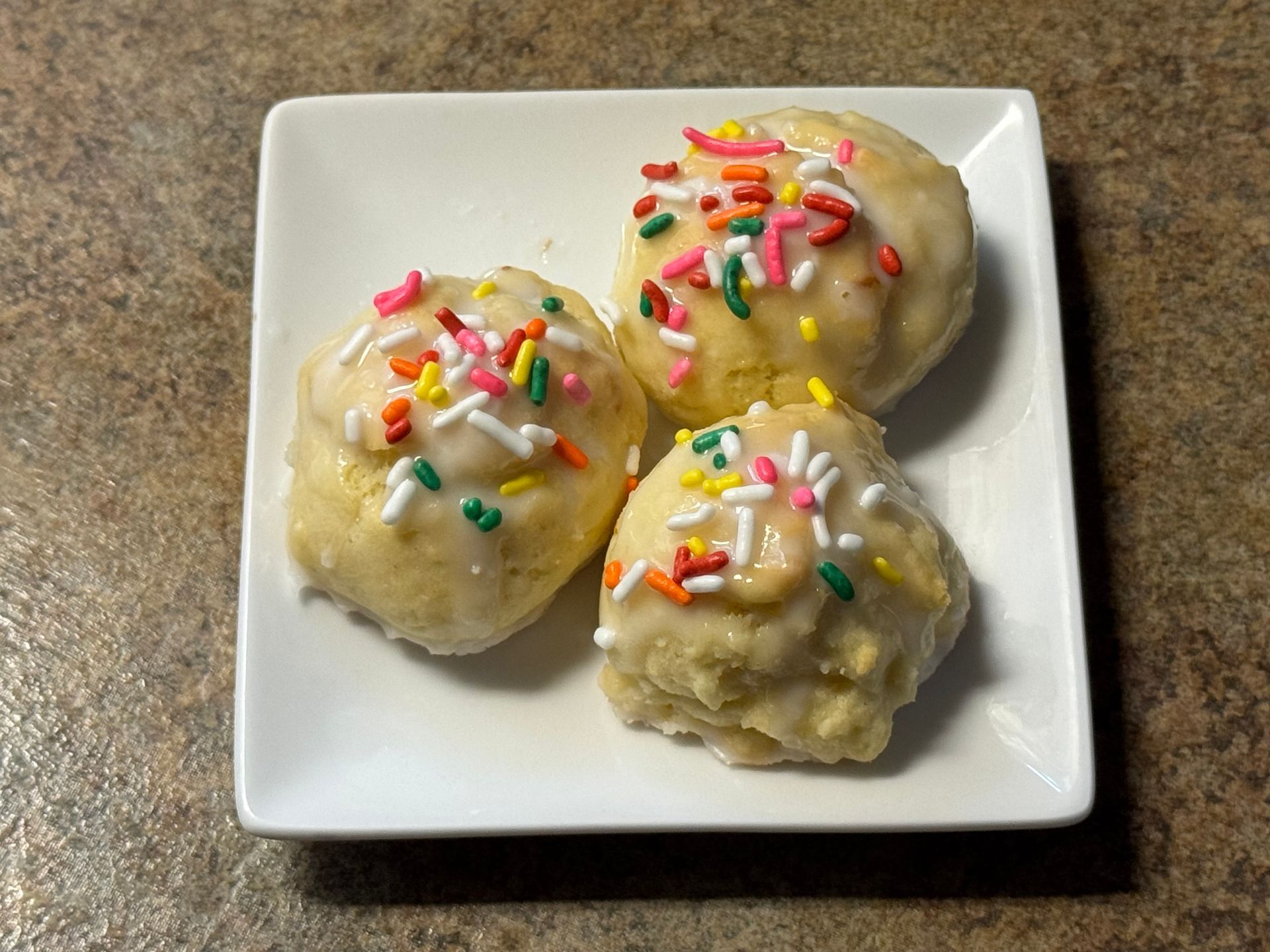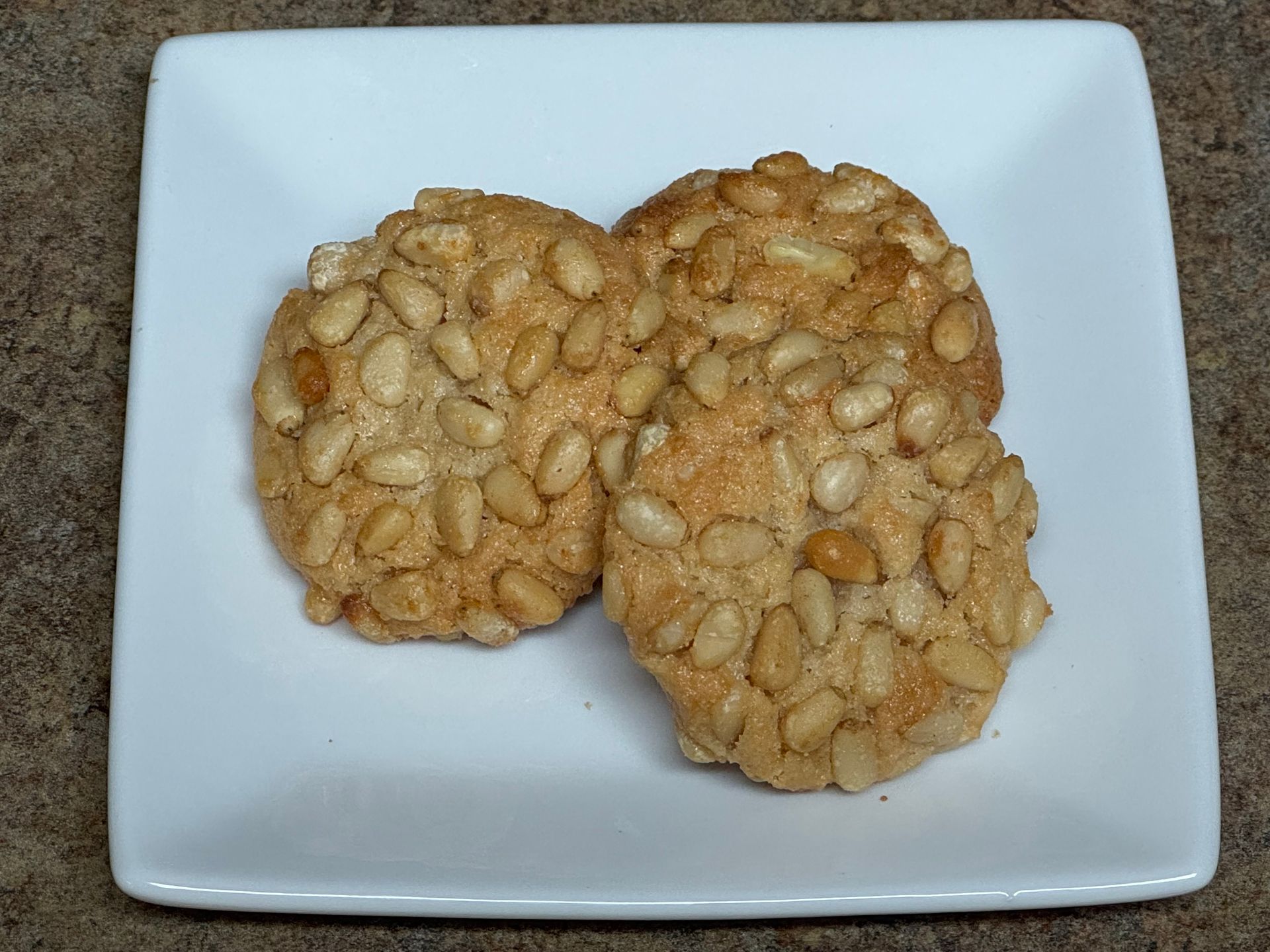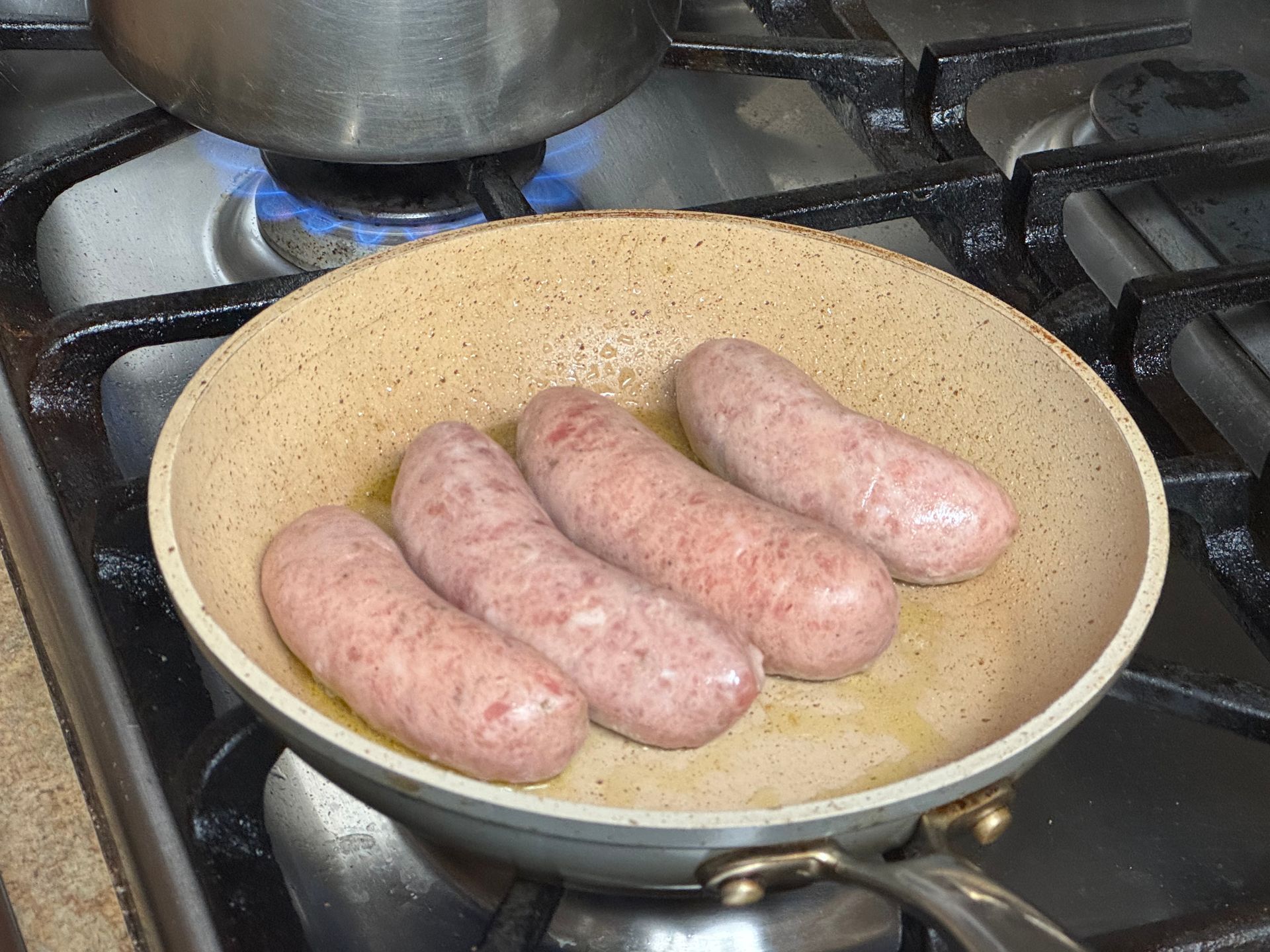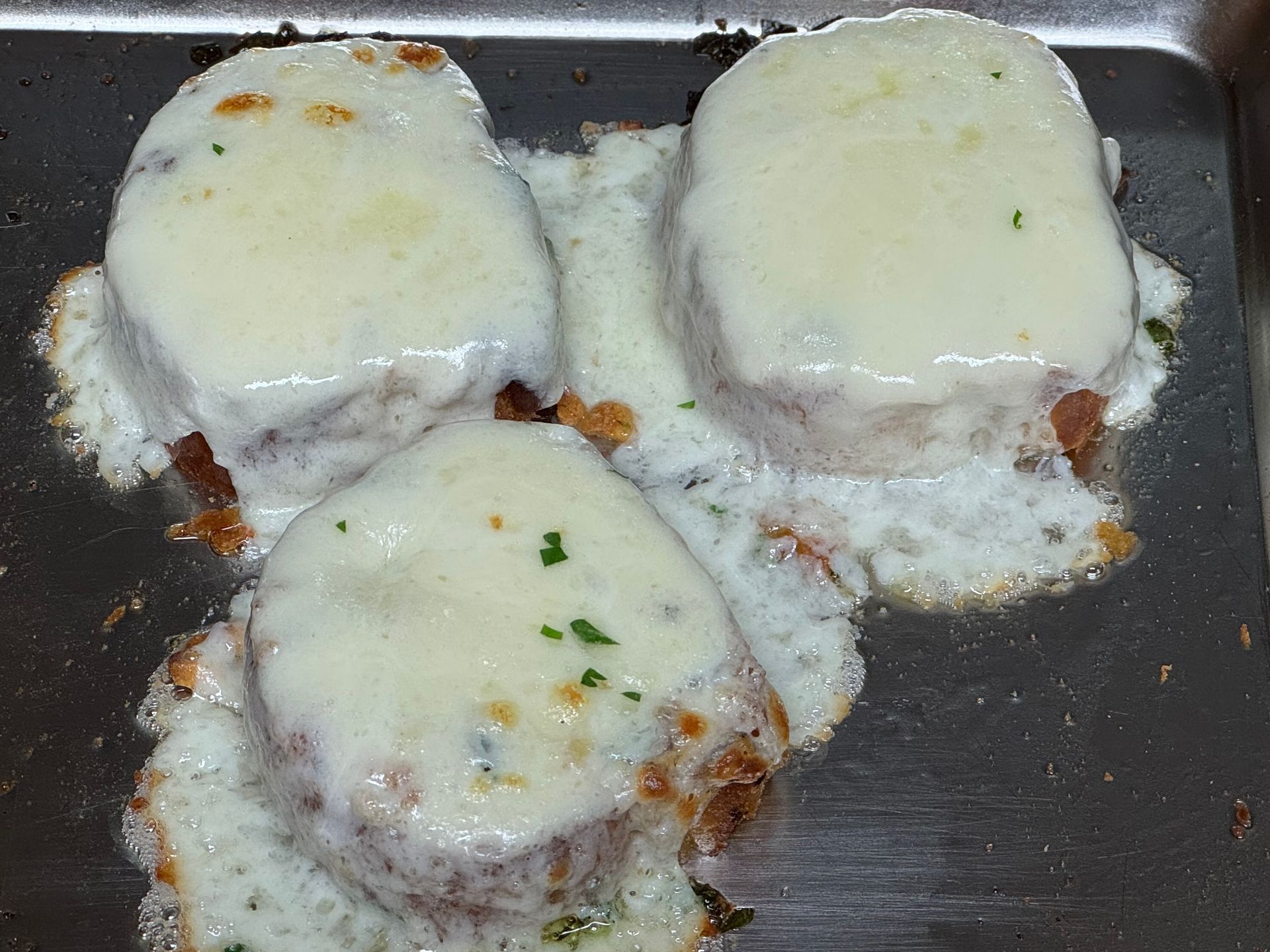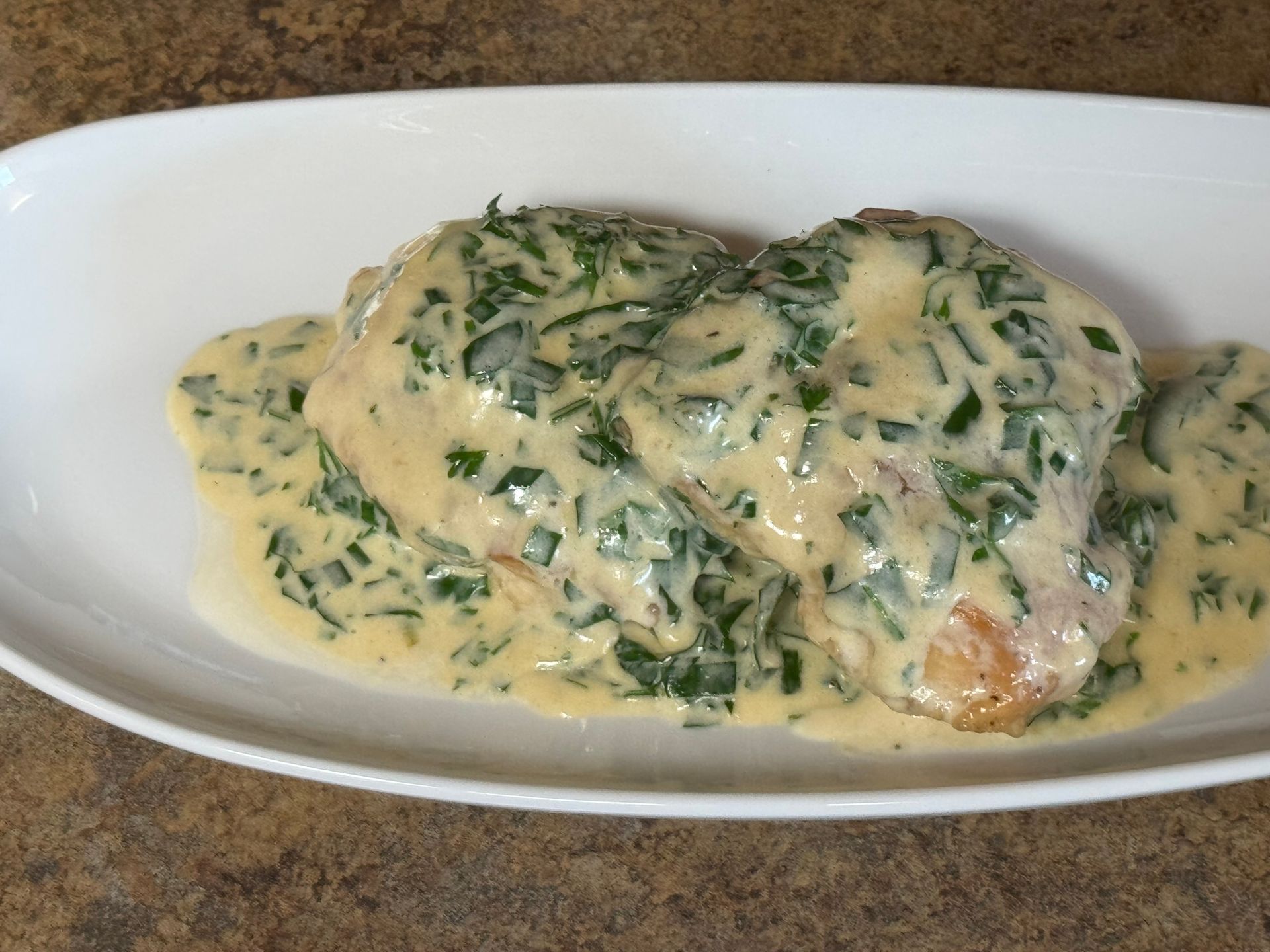
I was born to sauté...
I remember thinking this and smiling when I finally made my way up in the kitchen brigade to the Saucier spot.
I loved the pulse of the kitchen, working the saute station with a dozen sauté pans on the flat top, delicious stocks and mother sauces held hot in the steam table and carefully prepared mise en place so I could make delicious meals for the customers... one order or two at the time. Everything was cooked with love and respect.
Chicken Sauté for beginners
The Culinary Institute of America is arguably the finest culinary school in the world! Students spend 6 weeks learning and practicing basic culinary fundamentals in Skills I and II-one of my favorite classes to teach.
I'm a big fan of proper technique. One of my mentors, CMC Tom Peer used to say, "Practice doesn't make Perfect... Perfect Practice makes Perfect". I truly believe this.
Sauté is a dry heat method of cooking-it's important to choose tender cuts of protein such as chicken breast, pork cutlets, scallops etc... sauté translates to 'jump in the pan'. When we sauté, we cook something quickly in a very hot pan. It's important to develop caramelization (light or dark depending on the recipe) and prepare a delicious sauce in the same pan you cooked the protein in.
Sometimes the sauce compliments the protein such as chicken with a cream sauce and sometimes the sauce counters the protein such as a spicy mustard sauce with pork.
Basis Chicken Sauté
Prep Time: 30 min
Cooking Time: 15 min
Yield: 2 portions
Ingredients
2 ea Chicken Breast, (skin removed) cut into two even pieces
tt Salt and Black pepper
4 Tbsp AP Flour
3 Tbsp Olive Oil or Clarified Butter
2 Tbsp White Wine, dry, optional
6 Tbsp Chicken Stock
2 Tbsp Shallots, minced
6 oz Heavy Cream
4 Tbsp Fresh Herbs, minced (tarragon, Italian parsley, chives)
How to Sauté Chicken
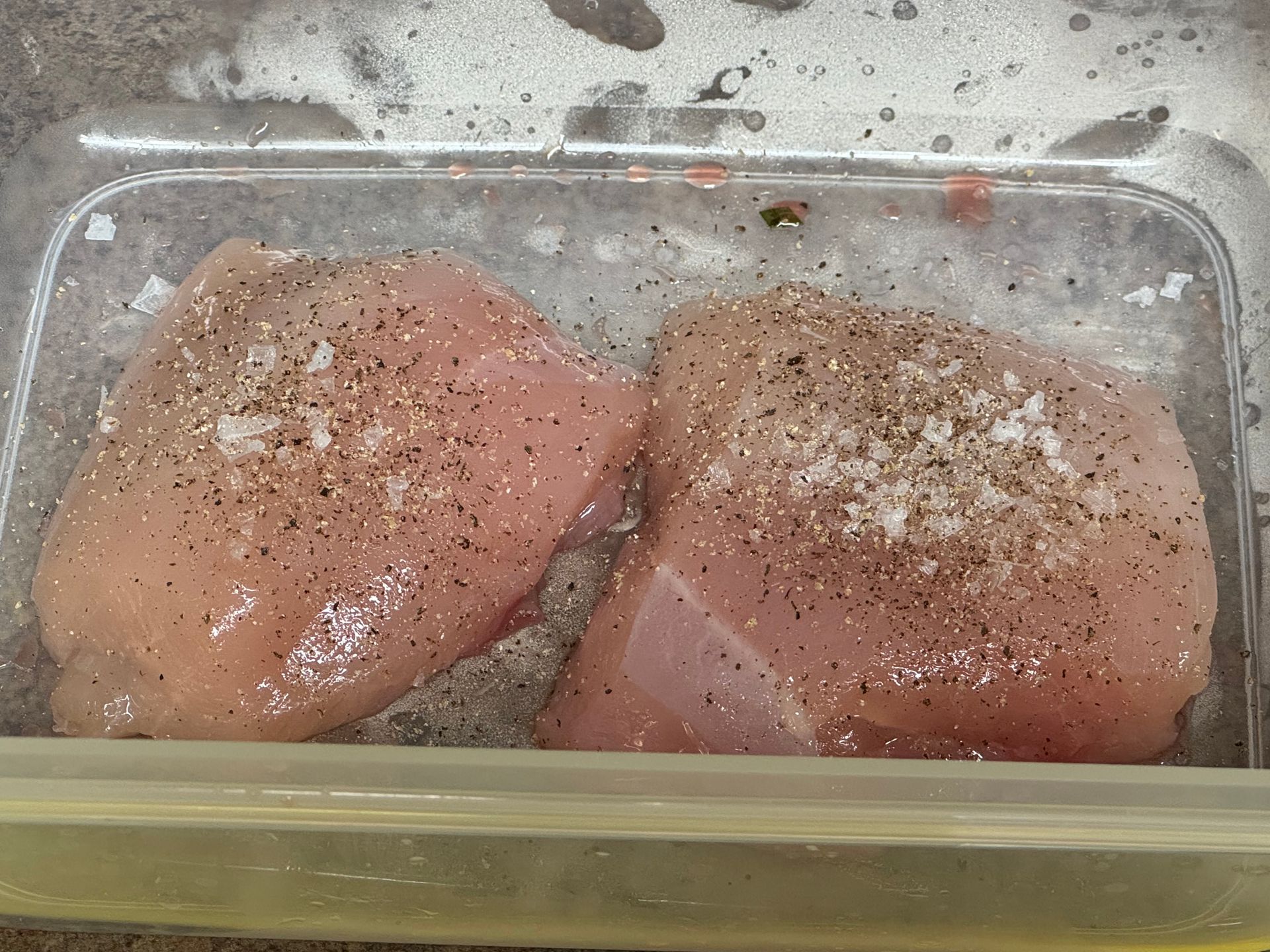
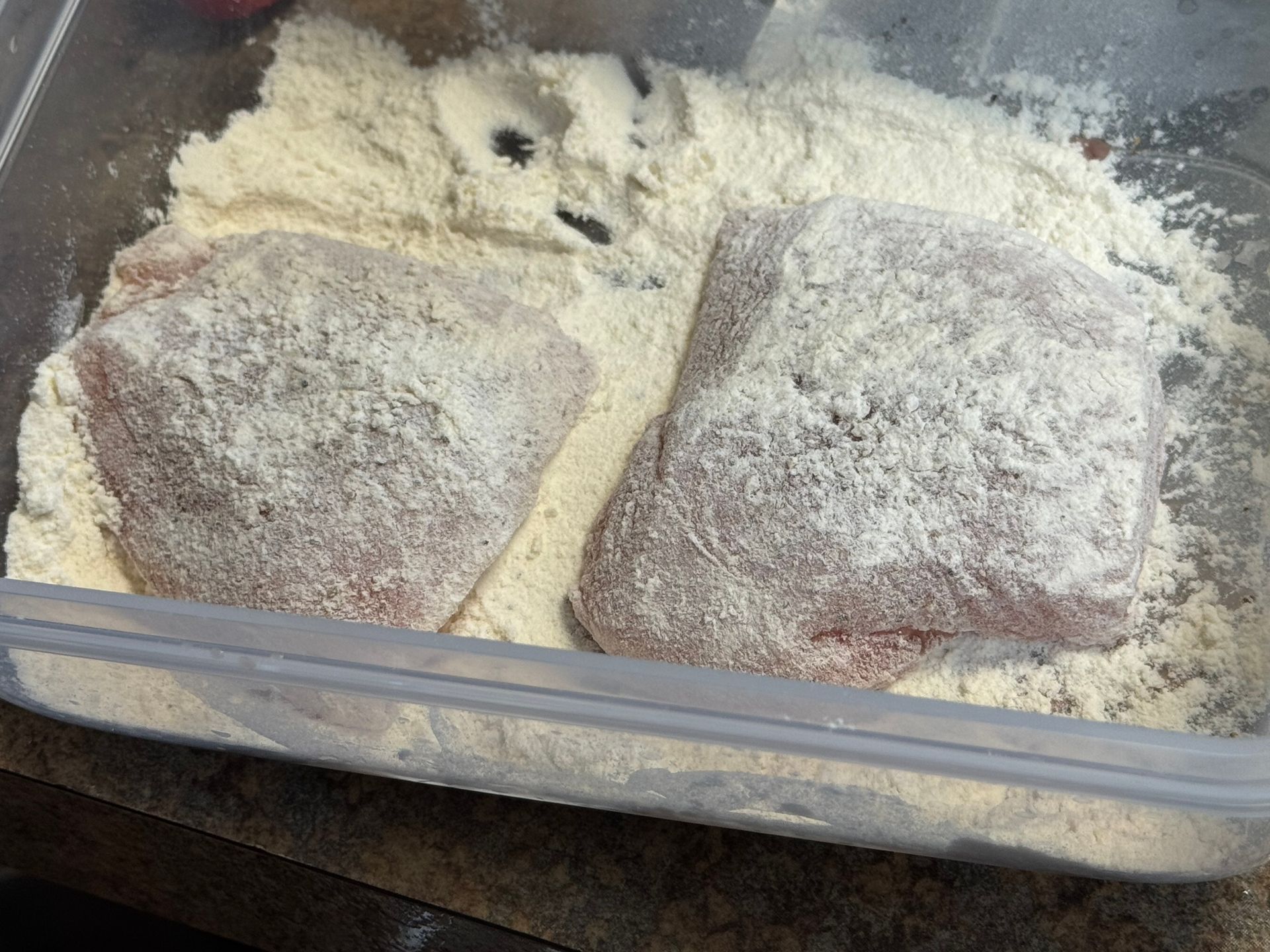
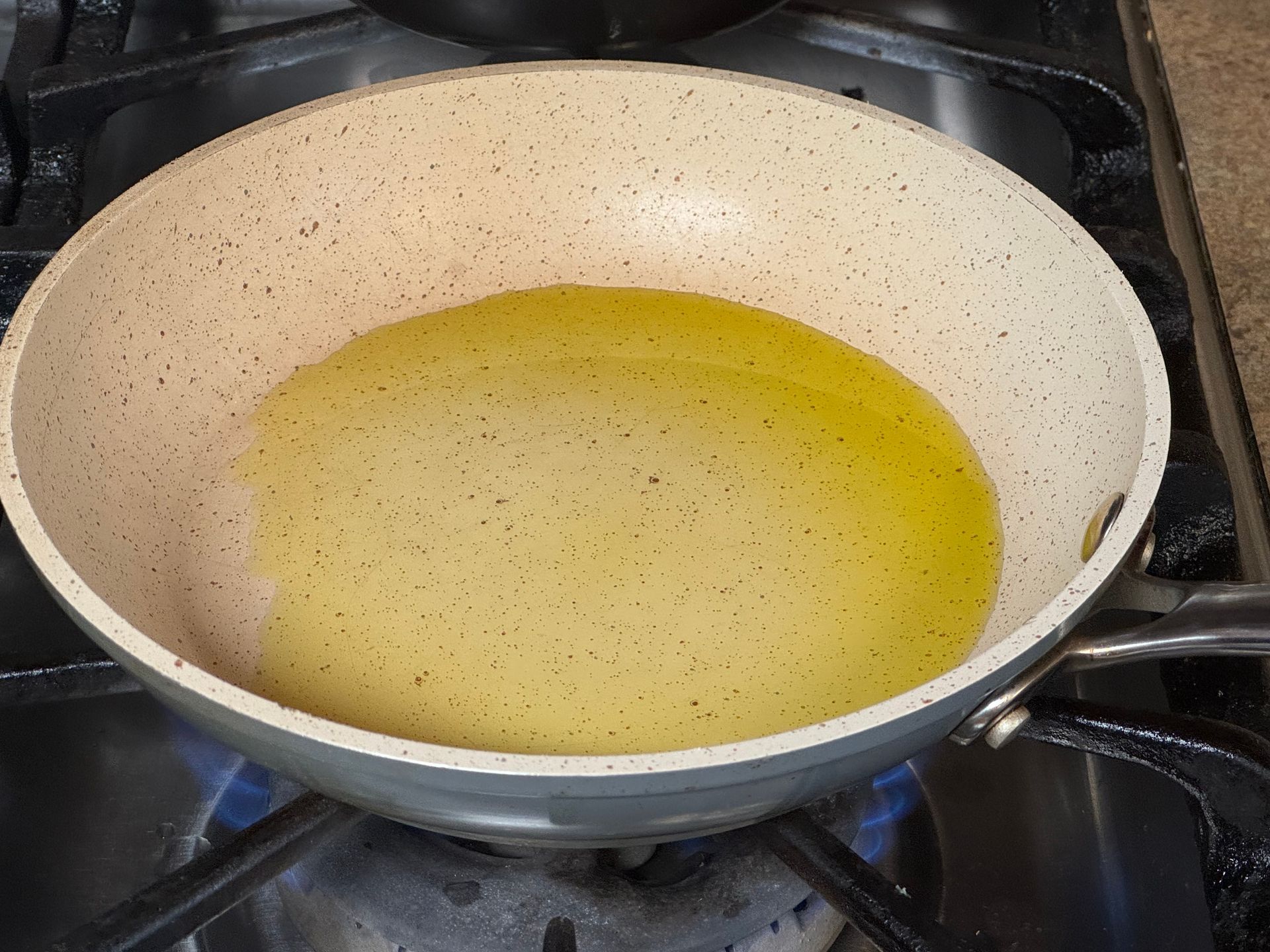
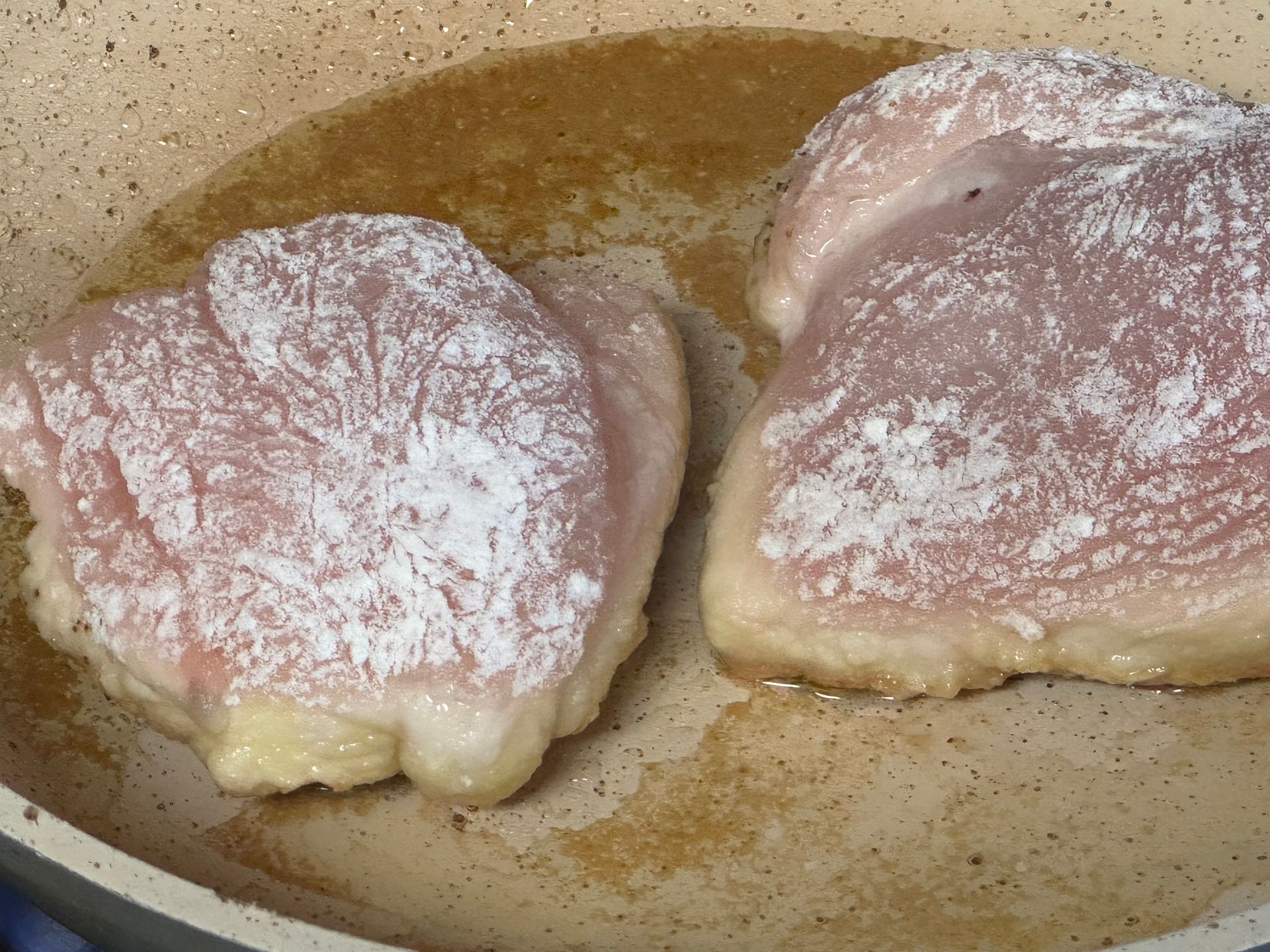
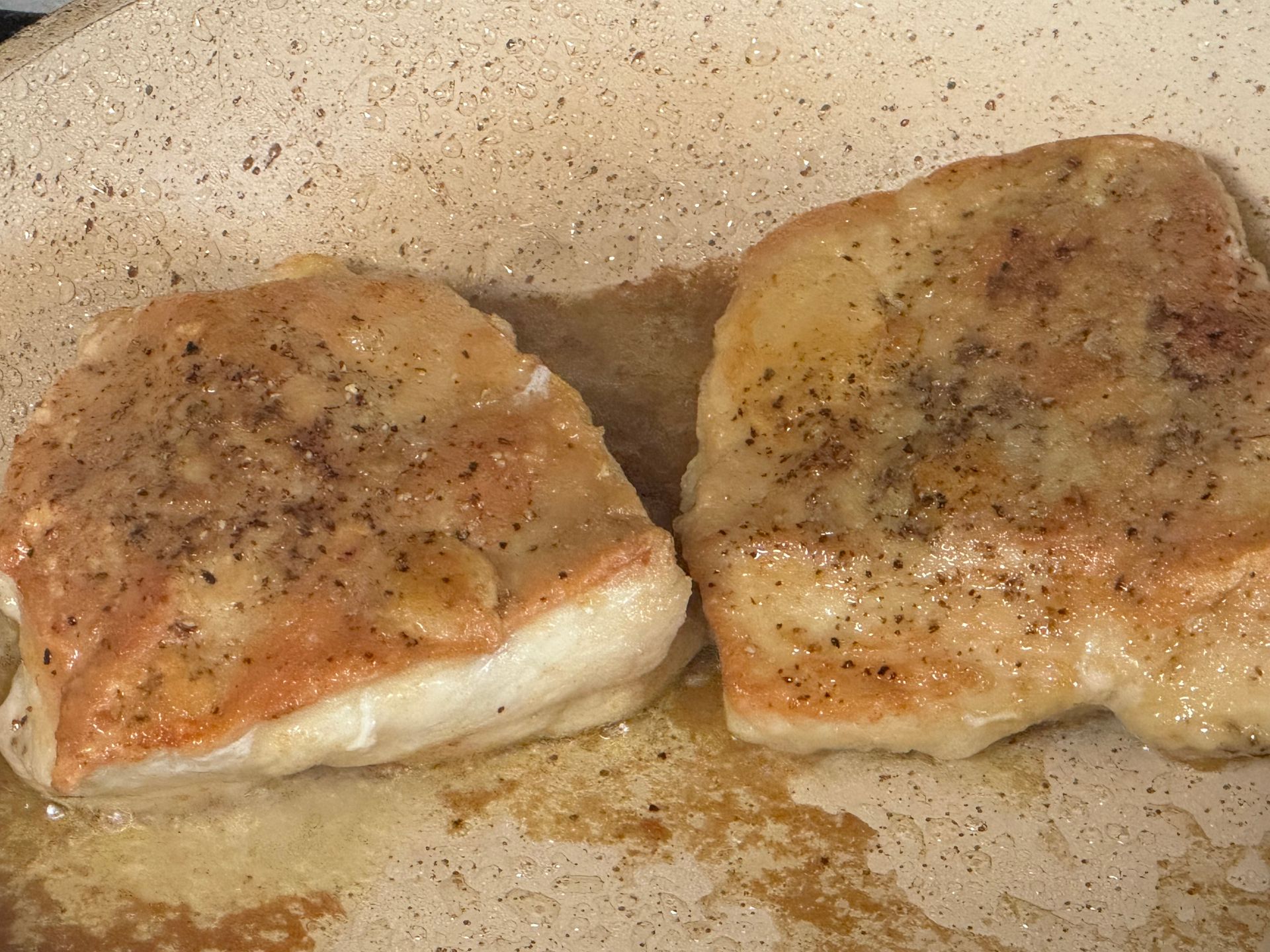
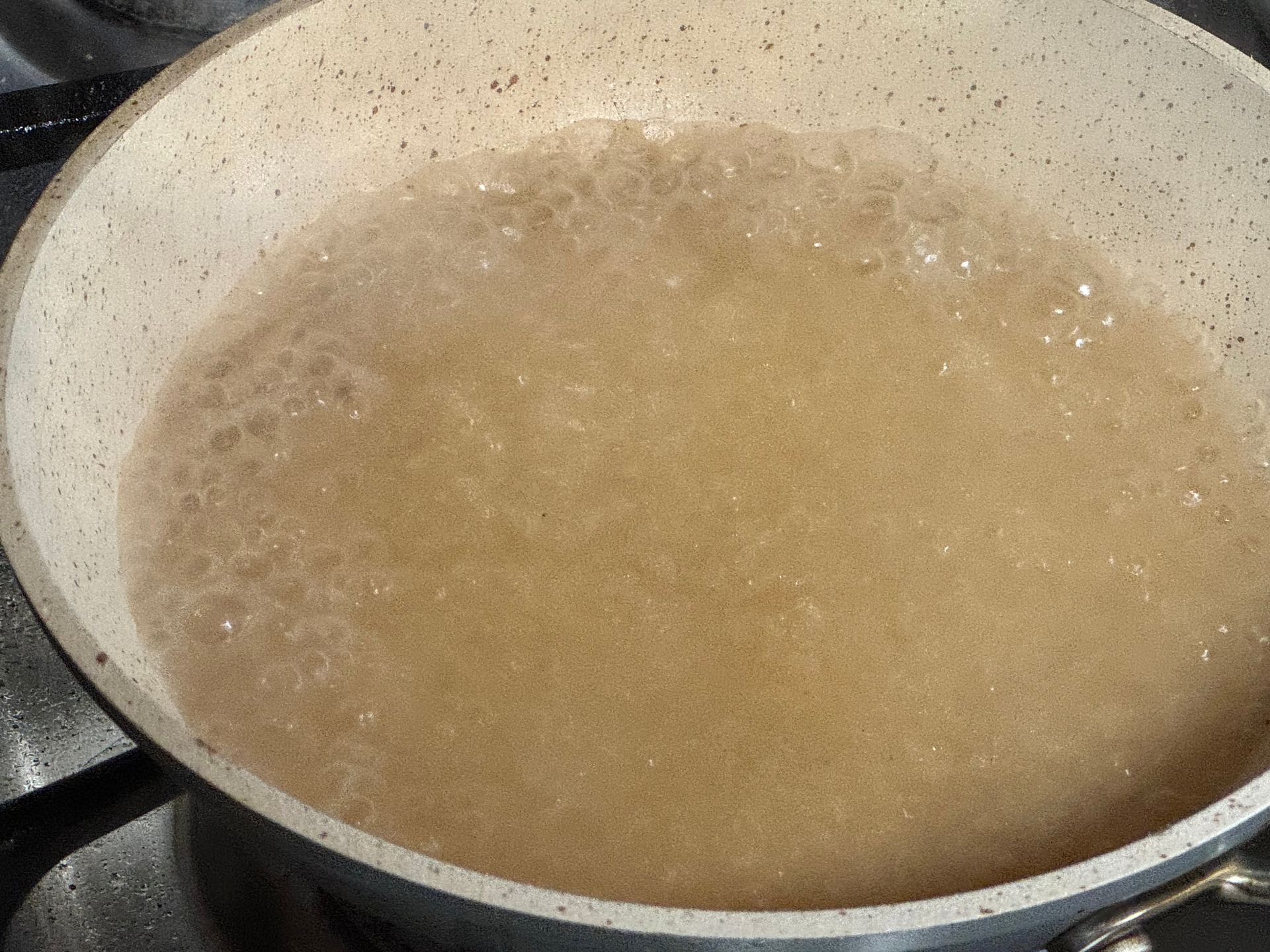


Step 1
Set up an area to season the chicken, in this photo I'm using a chicken breast I've cut into two similar sized pieces. I lightly pound the chicken with a mallet to flatten the chicken breast for even cooking. (trying to have the protein the same thickness)
I would work the same way with a whole chicken breast or boneless chicken thighs. I would use the same method if I left the skin on the chicken.
Season the chicken (I prefer to simply use kosher salt and freshly ground black pepper), and dust with AP Flour. Pat the chicken so the flour sticks to the flesh.
Step 2
Add oil to a warm, sauté pan. It's important to use a pan which is the correct size for the amount of chicken being sautéed. If the pan is too small, the chicken won't get a nice, golden brown sear and moisture will purge out of the chicken, basically boiling in chicken 'purge'... liquid can only get to a boil but we want to sauté in oil that is approximately 400° F.
Also, if the pan is too large, the areas with no chicken cooking will burn!
Carefully place the seasoned, floured chicken breast into the hot oil and let the chicken brown for 2-3 minutes. You should hear a sizzle when placing the chicken into the hot oil. I like to gently 'jiggle' the pan so the chicken doesn't stick and browns evenly. Try not to peek... let the chicken brown. When you see browning on the sides, carefully invert the chicken with tongs, be careful not to splatter the hot oil.
When the chicken is golden brown on both sides, place the chicken onto a sizzle plate to rest.
Step 3
Add minced shallots into the fond (the nice brown bits of chicken and flour in the oil) and sweat for one minute; add white wine and reduce until 'sec'-almost dry so the sauce has a mild wine flavor but not overpowering.
Add chicken stock and reduce to 'sec' (about 3 minutes), then add the cream and simmer for 2 minutes.
Add the herbs, place the chicken (and juices in the sizzle plate from the resting chicken) into the sauce and bathe the chicken with the sauce,
serve
